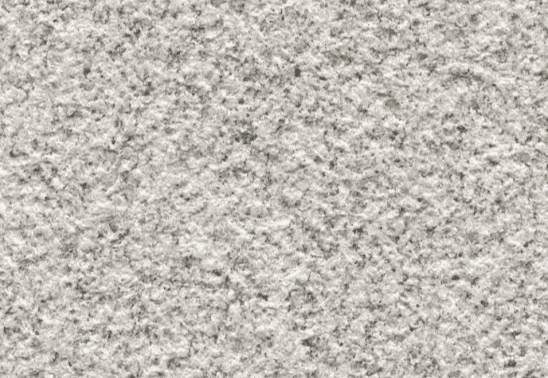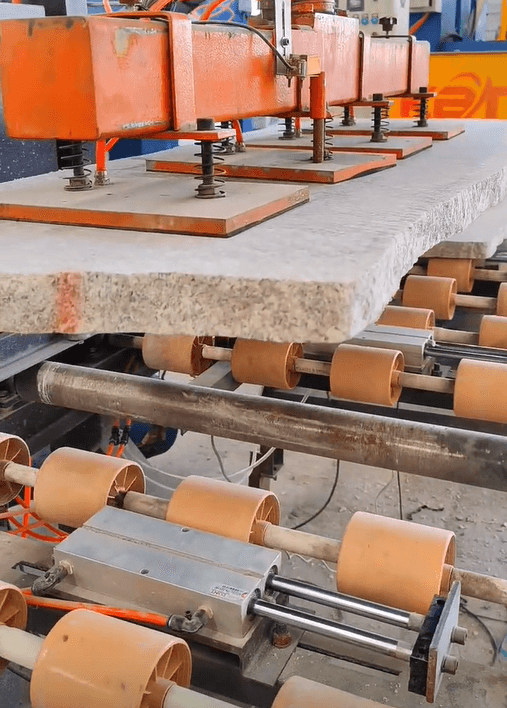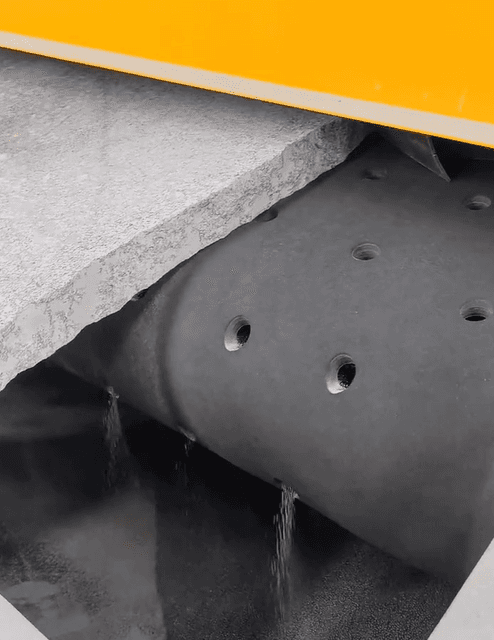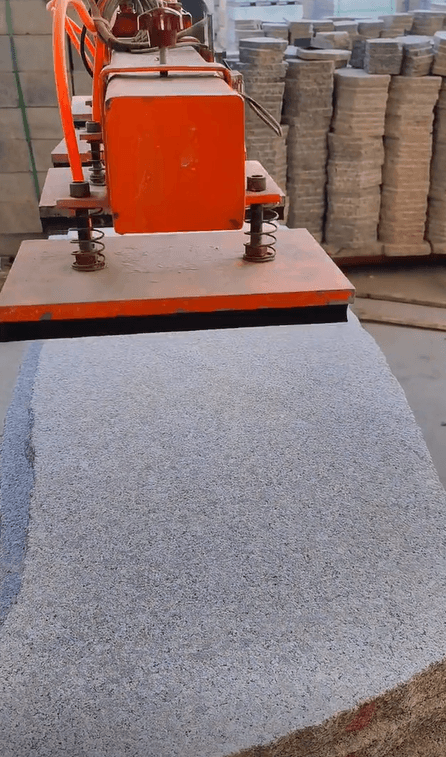The Art of Sandblasting: Crafting Granite Surfaces
Yuki
The process of creating a sandblasted finish on granite involves a specialized technique that gives the stone a unique, textured appearance. Here's how it's done:
Preparation: The granite slab is first prepared by cleaning it thoroughly to remove any dirt or debris. It's essential to ensure the surface is flat and even to achieve a consistent finish.
Protection: Any areas of the granite that are not to be sandblasted are protected using adhesive tapes or protective films to prevent unintended etching.
Sandblasting: The actual sandblasting is performed using a machine that propels abrasive materials such as river sand, quartz sand, or diamond sand onto the granite's surface. The pressure and duration of the blast determine the depth and uniformity of the texture. There are two main methods for sandblasting granite: dry and wet. Dry sandblasting uses air pressure to drive the abrasive, while wet sandblasting incorporates water to reduce dust and improve the finish.
Finishing: After the sandblasting process, the granite is cleaned again to remove any residual abrasive material. The surface may then be sealed with a protective coating to enhance its durability and weather resistance.
The sandblasted finish on granite provides a non-slip surface, reduces glare, and adds an aesthetically pleasing texture that is often used for both functional and decorative purposes in various applications such as flooring, wall cladding, and sculpture.
This process not only enhances the visual appeal of granite but also improves its practicality for use in various settings, from commercial to residential interiors. The sandblasted surface offers a tactile quality that is both beautiful and functional, making it a popular choice for a wide range of design projects.







